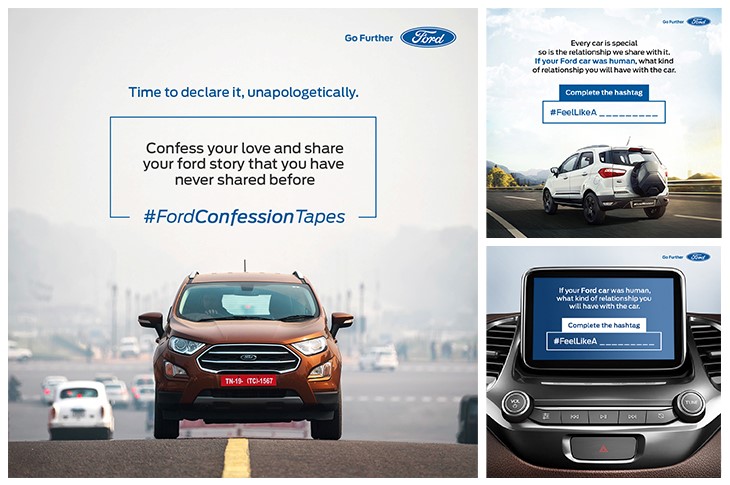Image vs illustration: When to choose one over the other
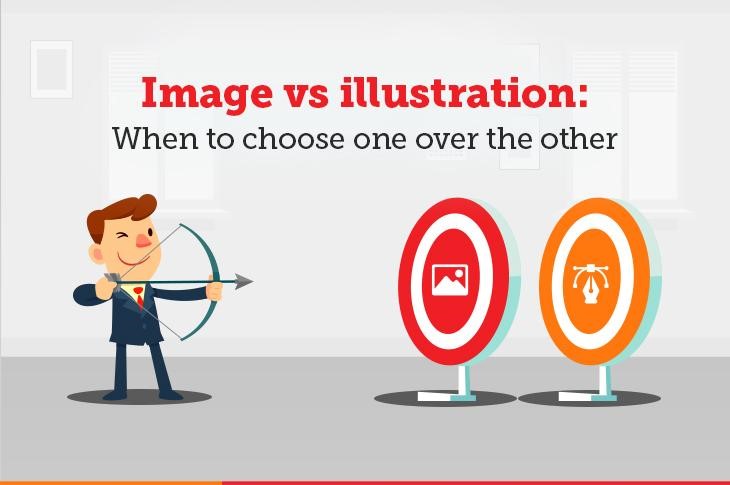
There is no doubt that a visual element adds volumes to a piece of work – whether it’s an ad, marketing collateral, an article, or a research paper. But using the wrong visual format can take away the impact of the content. So, the question is: what visual format should you use, and when? Let’s compare two of the popular formats – image and illustration.
An image or a photograph is normally the go-to format for most designers as it is quick and effective in today’s fast-paced digital world. While it works in most scenarios, we should not forget the power of illustrations. Their beautiful style often gets buried underneath pictures that are easily collected and edited.
Let’s look at some situations where illustrations work better than images and vice versa:
Illustrations:
Show larger-than-life depictions
The better your imagination, the better the illustration. So, whenever there is a need to depict something beyond real life, use an illustration. Illustrations can be fluid, abstract and open to imagination.
There’s a reason why comic books emerged as a popular content format decades ago, and people are still loving them. This style can be adopted to create brand campaigns targeting a younger audience or for creating buzz around a new product launch.
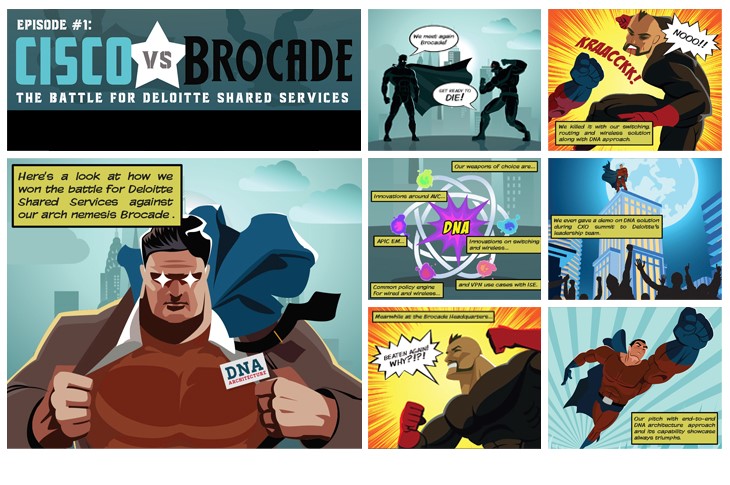
Provide visual context
Think about any modern gangster movies or TV shows. Most of them will use illustrations to show you how someone planned a bank robbery. This is because illustrations can help you understand the missing parts of a story better.
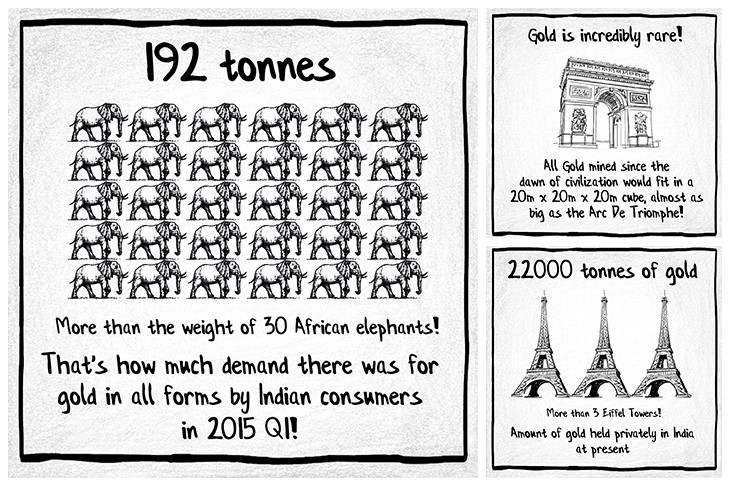
Data representation
A piece of content where you need to show a process or a diagram or a flowchart or any other graphical data representation would require an illustration. Everything that you see on the screen when the weather guy comes on the news channel is an illustration as images cannot be used in such cases.
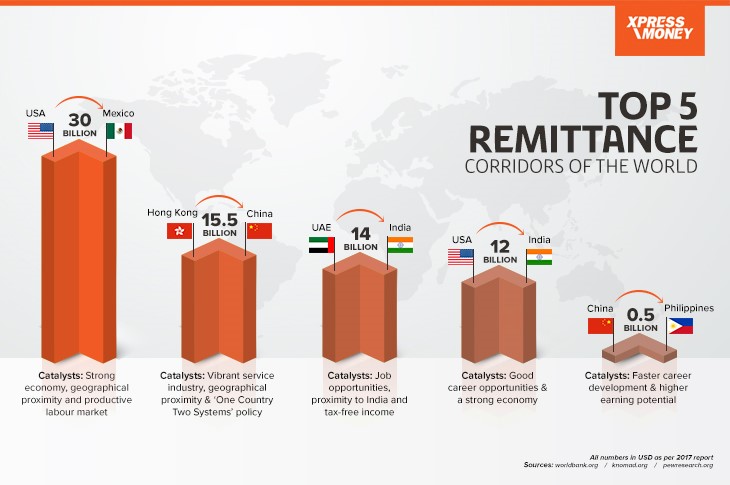
Personify your brand
Remember the Amul girl? Multiple brands still prefer to have such brand mascots over a brand ambassador. Why? Because it gives them the liberty to personify their own brand. Illustrations give you the liberty to create a character that walks and talks the way you want so that you can create the desired perception of your brand in the minds of your users.
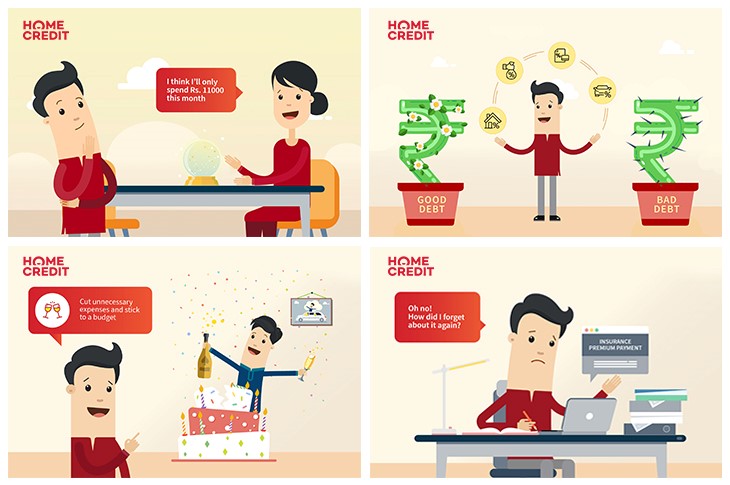
Images:
Depict authenticity and draw attention to detail
Images are more authentic. There is nothing imaginary about an image, and you see exactly what exists. This is why images are preferred whenever products like mobile phones, cars, and laptops are showcased.
Create content in a short span of time
Finding the right stock image means choosing an image or photograph with the right characters, expressions, and lighting, among other things. While finding a stock image that matches all the criteria could be a task, achieving the same in an illustration would consume more time and resources.

For endorsements and building trust
Images allow you to use a known face in the piece of content. This instantly tells the reader that the person in the picture supports/endorses the content. For example, adding an image of a doctor in a product poster can encourage the viewer to trust and try the product more readily than if it were to use the illustration of a physician.

Create a visual experience
Photography allows you to create a ‘visual experience’ that can transport the viewer to a particular place, or crave a certain dish that is being presented, or induce a sense of nostalgia with effects. A food blogger will garner more followers by uploading photographs of the cuisines he reviews instead of an illustration. The same goes for travel, architecture, and other such categories that depend on creating a visual story.

What you need to remember:
- Illustrations work the best when the subject of the content is fantastical or abstract in nature, or if the creator is looking to stand out among its competitors.
- Depictions that need to look realistic or professional work best through images.
Updated with inputs from our design head, Sagar Verma.

